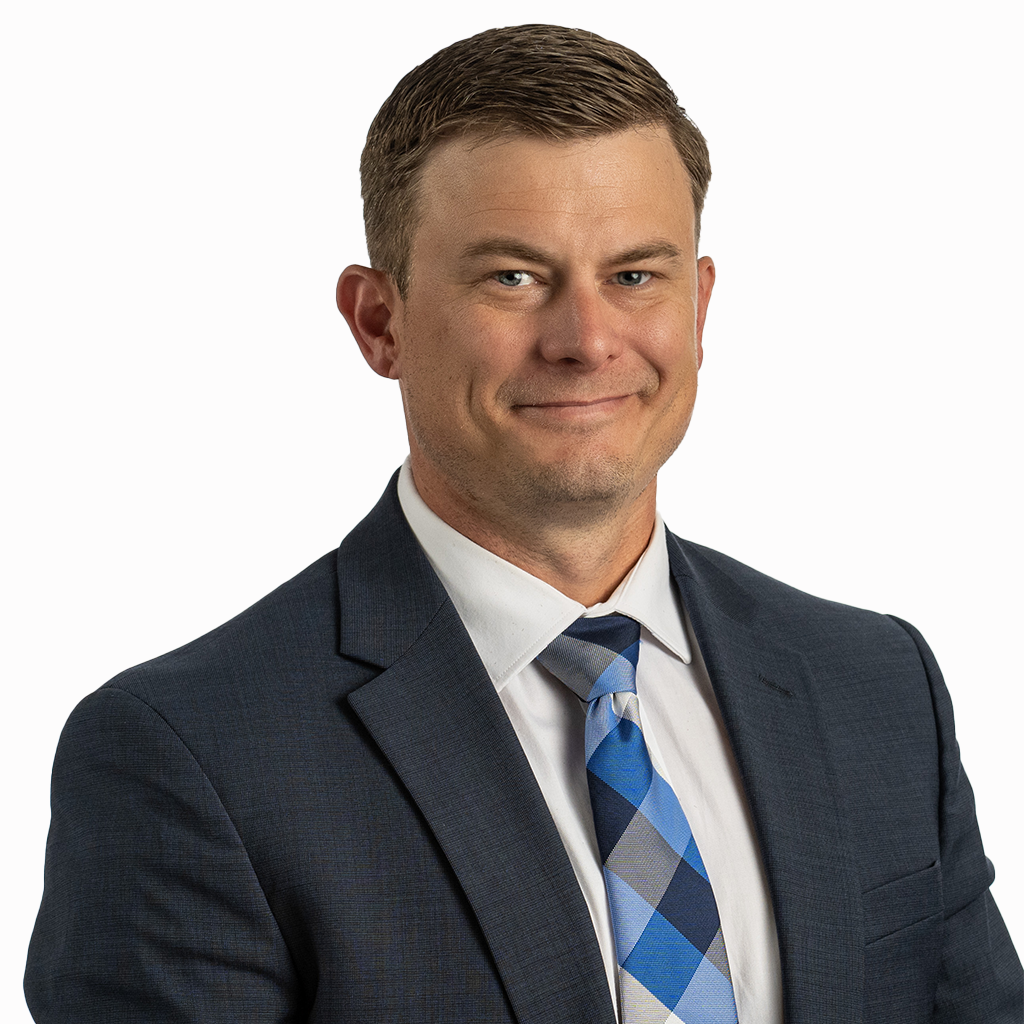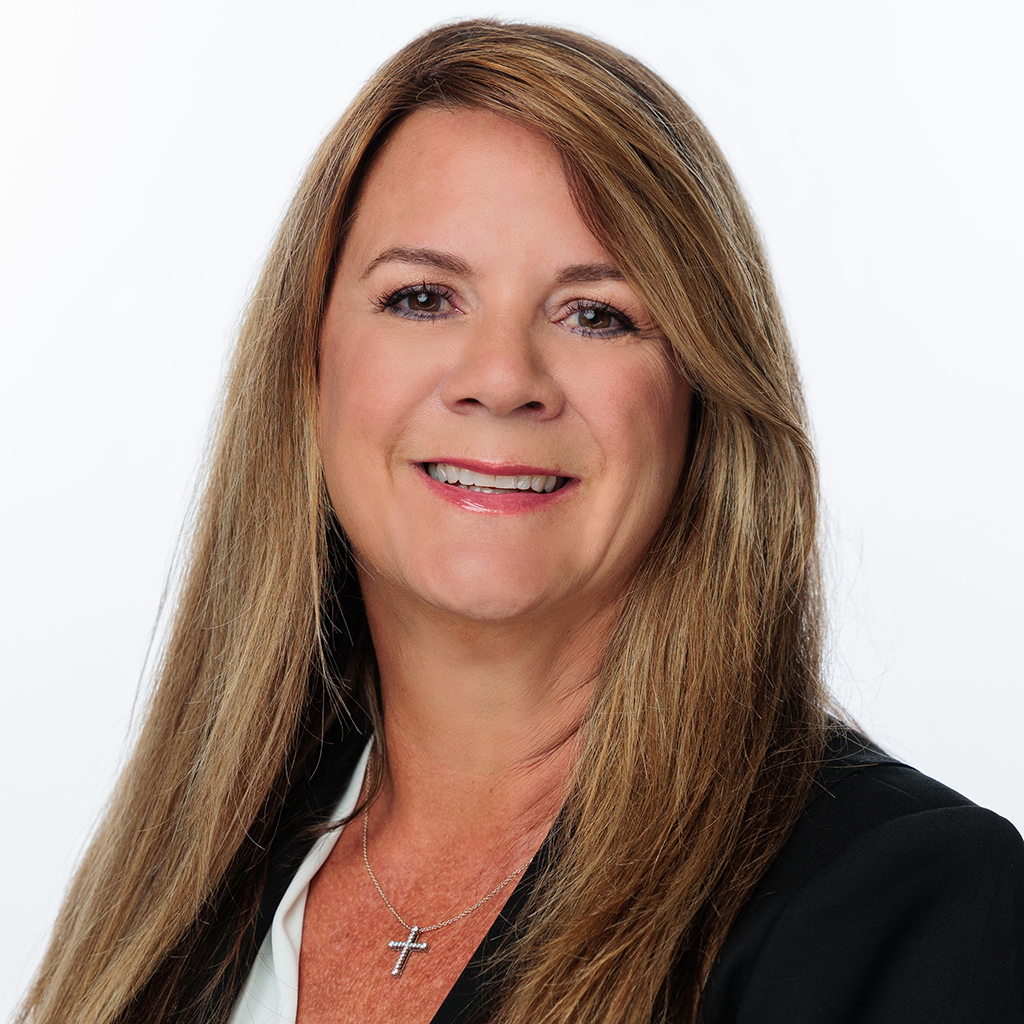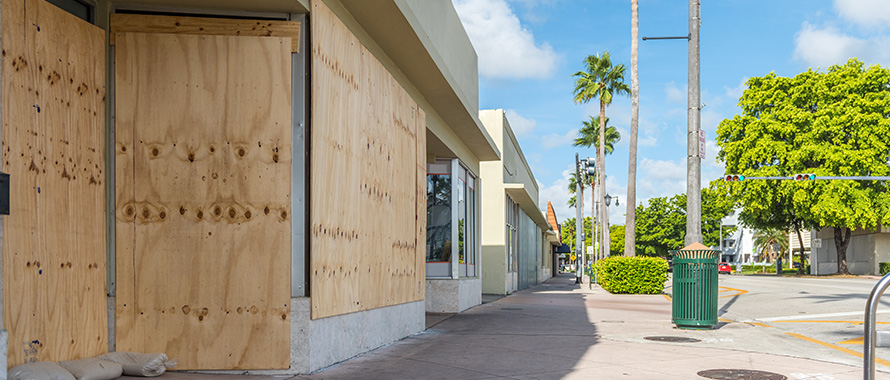Barry touched down on the Louisiana coast as a Category 1 hurricane on July 13, shutting down businesses, tearing roofs from homes, flooding streets and halting oil production across the Gulf of Mexico. Even as the country’s first hurricane of the year diminished in power and was downgraded to a tropical storm, it continued to cause havoc. Levees were overwhelmed, roads and bridges closed, and residents lost power.
Early estimates suggested possible damage costs of $8 billion to $10 billion. Scientists say the widespread rain that fell across the region points to the increasing frequency and intensity of heavy rainfall from storms like Barry.
“A lot of these storms are not only more frequent, but also slower moving,” said Brad Turner, National Flood Product Manager, Burns & Wilcox, Morehead City, North Carolina. “They are bringing in more rainfall totals than we have ever seen before, in very concentrated areas.”

Flood damage is the number one under-insured cause of property damage across the United States, with over half of the losses in 2018 being uninsured.
Heavy rainfall has the potential to cause tremendous damage to homes and businesses. With this hurricane season predicted to bring between 9 to 15 named storms, several of which could become major hurricanes, now is a good time to assess whether your home or business has sufficient coverage. As Barry showed, a storm does not have to be major to be disruptive; expensive and damaging flooding can result from a tropical depression or even a severe rainstorm. Just one inch of flooding can cause $27,000 or more in damage. “Flood damage is the number one under-insured cause of property damage across the United States, with over half of the losses in 2018 being uninsured,” Turner said.
Under-insured homes and businesses
So far in 2019, North America has seen flooding in Ohio, Pennsylvania, New Jersey, and Illinois, as well as along the high plains and Midwest rivers. Severe storms hit Manitoba, Canada, this past week, and torrential rain fell in New Brunswick. June marked the third consecutive month in 2019 that the past 12-month precipitation record hit an all-time high, according to the National Oceanic and Atmospheric Administration.
While many residents and businesses assume in the event of a flood that damage will be covered by their property insurance, they find out too late that property insurance does not cover floods. In fact, close to 75 percent of buildings in the U.S. at high risk for flooding do not have Flood Insurance. Some believe that the government will step in should a catastrophic storm happen, but federal disaster assistance is more likely to take the form of low-interest loans, which people would need to pay back. FEMA grants may be available, but they may not be enough to cover the cost of the damages.
The lack of Flood coverage can devastate homes and businesses. From 2000 to 2017, floods have cost the U.S. more than $750 billion in losses. Flooding is the costliest natural disaster in the country, and more than 20 percent of all flood claims come from outside high-risk flood areas. Blaise D’Antoni, Corporate Senior Vice President and Managing Director, Burns & Wilcox, New Orleans, Louisiana, explained that whether flooding comes from a cresting inland river or a storm surge from the gulf, it all comes down to the same message: “You should always have Flood Insurance.”
Changes to Flood coverage options
As part of an attempt to help residents manage the cost of flooding, in 1968 the U.S. established the National Flood Insurance Program (NFIP), which required people who used federally regulated or insured mortgages and lived in high-risk flood areas to secure flood insurance through the NFIP as a condition of their loans. Fortunately, effective July 1, lenders will now also accept Private Flood Insurance, where previously they required specific NFIP coverage.

The NFIP is limited to $250,000 for a dwelling, where the private market can write up to $5 million on a Private Flood Insurance policy.
“This change allows consumers more competitive options and additional coverages,” Turner noted, as NFIP coverage does not include costly provisions such as additional living expenses, loss of business income while repairs are being done, replacement costs for contents or the ability to write limits that are more expansive.
The increased coverage options are likely to benefit people who own valuable homes with expensive contents. “The NFIP is limited to $250,000 for a dwelling, where the private market can write up to $5 million on a Private Flood Insurance policy,” Turner said, adding that going above and beyond what the NFIP offers is a relatively minimal cost in comparison to the potential exposure.
Unlike the United States, Canada does not have a government-administered flood insurance program. Yet amid recent reports that 20 percent of Canadian homes are at high risk for floods, the national government has been debating whether or not to start one. Meanwhile, businesses and homeowners in Canada are showing an increased interest in investing in Flood Insurance.
Concerns for businesses
With a storm like Barry, damages are not confined to flooding—and they are not confined to personal homes and property. “You can have wind damage to the building, to doors and to windows,” said D’Antoni. “In commercial buildings, that can not only cause damage to the building itself, but also to the contents inside.”
Commercial Property Insurance can cover this damage, and if, because of that damage, a business cannot open for a period of time, Business Interruption coverage could pay for employee salaries, rent, and make up money lost in sales. In anticipation of the storm last week, nearly all businesses in one Louisiana town closed; also ahead of Barry’s touch-down, restaurants in New Orleans closed down, losing business for 24 hours and in some cases more.

Given the extent to which even a relatively mild hurricane like Barry spreads pollutants, [Environmental Insurance] is a coverage that could be widely useful to businesses.
Another important coverage for businesses is Food Spoilage, which can be particularly helpful in the case of power outages. Barry, for example, cut off power to thousands of people, many of which still did not have power on Monday. “There are a lot of ancillary coverages that can be added onto a Commercial Property policy,” D’Antoni said.
Barry, like other heavy rainstorms, also caused environmental damage. When the storm moved north, it spilled more than 250,000 gallons of sewage along Alabama’s coasts. State officials warned individuals to stay out of waterways and thoroughly cook any seafood caught during or immediately following the storm.
Longer term risks exist from storms like Barry, which can create a “toxic mixture” of sewage and chemical waste, as previous hurricanes have. Sewage and materials that have shifted due to the storm, even sludge, are technically pollutants, explained Gina Jones, Vice President, Director, Environmental Programs, Burns & Wilcox, Denver, Colorado.
“Anything outside of its natural environment is a pollutant,” said Jones. When a local, state or federal directive or other action is issued to clean up a contaminated site, Environmental Insurance could cover the costs of that cleanup. Given the extent to which even a relatively mild hurricane like Barry spreads pollutants, this is a coverage that could be widely useful to businesses. “Every single business should have an Environmental policy,” Jones said. Environmental Insurance could cover cleanup, bodily injury, property damage, restoration costs and diminution of value—all of which would not be covered by a General Liability policy.
As wetter, more frequent storms make their mark, speak with your insurance broker or agent to be sure that you, your belongings, and your business, are protected. “A storm like this is a good wake-up call,” D’Antoni said. “It is just a good time to talk to your broker and make sure you have the right coverages, and make sure you have taken the necessary steps to come through the storm the best way you can.”

A storm like this is a good wake-up call.
As with any coverage need, an insurance broker or agent must be consulted. Click here to forward this article to your insurance broker or agent to ask if you need this coverage.
This information was provided by Burns & Wilcox, North America’s leading wholesale insurance broker and underwriting manager. Burns & Wilcox works exclusively with retail insurance brokers and agents to assist clients like you with their specialty insurance needs. Ask your insurance broker or agent about Primary and Excess Flood Insurance, Commercial Flood Insurance, Business Interruption, or Environmental Coverage that might be right for you.






